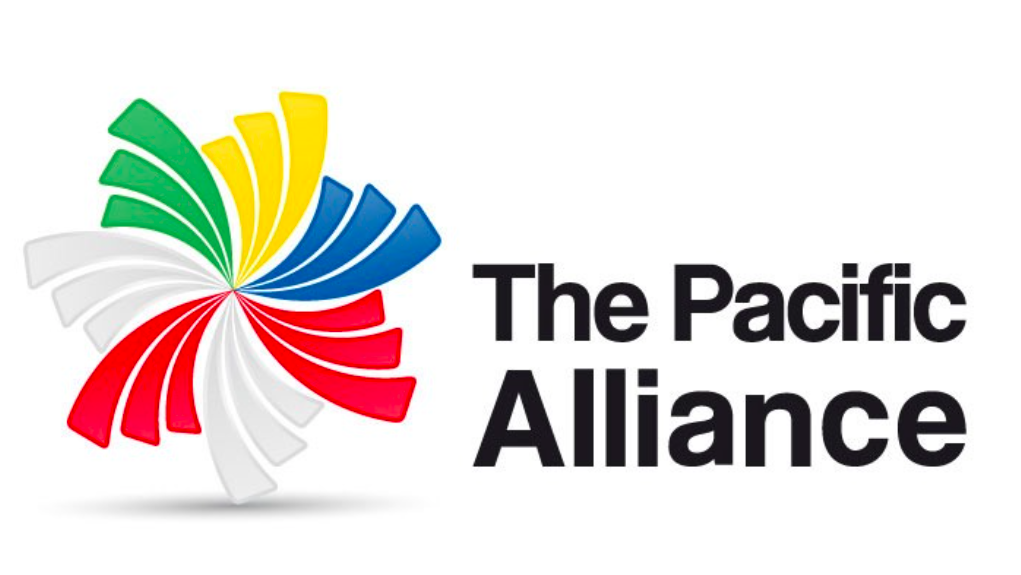Free trade agreements
The pacific alliance is gearing up to compete with North America
Published 24 March 2017
Peru, Colombia, Chile, and Mexico have locked arms in the global competition to attract investment and take advantage of economic dynamism in Asia. In June 2012, the four presidents signed a pact creating the Pacific Alliance. The Pacific Alliance creates a combined market of around 217 million people.
Four Latin American Countries Lead the Way
Peru, Colombia, Chile, and Mexico have locked arms in the global competition to attract investment and take advantage of economic dynamism in Asia. In June 2012, the four presidents signed a pact creating the Pacific Alliance. Together, these four countries contribute nearly 40 percent of the GDP of Latin America and the Caribbean, represent half of its total trade, and receive 45 percent of its total foreign direct investment. The Pacific Alliance creates a combined market of around 217 million people.
Going on Offense
Leaders in these four countries believe that integrating their economies and combining the strength of their individual networks of trade agreements will enhance their leverage in negotiations and entice investors – in other words, they understand the global economy has become a competition among regions.
The website for the Pacific Alliance is designed to advertise a region that’s open for business. Promotion agencies and embassies from each of the four countries hold joint sales pitches at international fairs and business seminars. They promote investment projects and offer advice to would-be traders within and with the region. The Alliance isn’t trying to sell the merits their approach, they are too busy selling commercial opportunities.
Pragmatic Work Programs
The Pacific Alliance has set ambitious goals for itself. An agreement to liberalize around 92 percent of trade within the region went into effect in May 2016. Establishing a free trade zone was always less about trade inside the region (which is relatively small) than it is about creating an economic bloc poised to increase trade with countries in the Asia-Pacific region.
Participants forge ahead with policies to foster innovation, increase protections for intellectual property, and improve the regulatory environment. They are tackling new topics in digital trade, working to improve infrastructure such as telecommunications, and discussing measures to ensure that skilled professionals can offer services in each other’s countries.
The World is Watching
Forty-two countries are official observers of the Pacific Alliance. Panama and Costa are working to become full members once they complete trade agreements with each of the four founding countries. Observers include other Central and South American countries but also a diverse mix from the United States, Canada, Australia, and Japan, to France, Turkey, Indonesia, Georgia, Hungary, and Israel.
Recently, the Pacific Alliance announced it would start negotiating trade deals as a group, looking to fill its dance card by offering associate memberships. New Zealand’s trade minister said they have their eye on becoming the first associate country to the Pacific Alliance.
A Model for the United States?
North America is the most competitive region in the world, yet Americans continue to debate the success of the North America Free Trade Agreement (NAFTA). The Pacific Alliance countries see NAFTA as the standard for regional competitiveness but they are prepared to take integration further, recognizing that the region is stronger competing together. They are positioning the group as a thought leader on trade, recently convening a High-Level Dialogue on Integration Initiatives in the Asia-Pacific Region. It’s not enough to seize existing opportunities, these countries are out to shape the playing field.
© The Hinrich Foundation. See our website Terms and conditions for our copyright and reprint policy. All statements of fact and the views, conclusions and recommendations expressed in this publication are the sole responsibility of the author(s).






